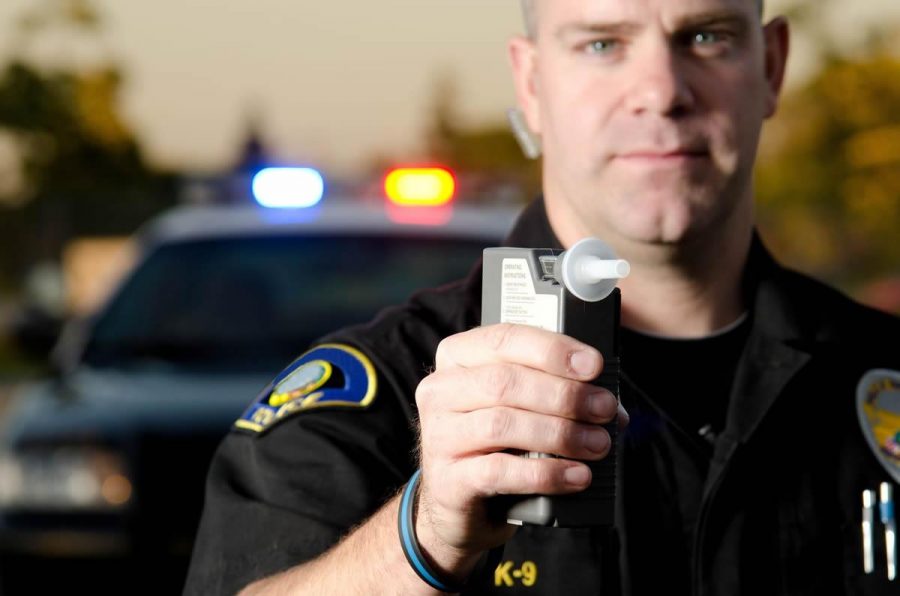The number of people killed every year in car crashes involving drugged drivers has risen. A report conducted by the Governors Highway Safety Association and the Foundation for Advancing Alcohol Responsibility, a nonprofit foundation created by alcohol distillers, found that drugs of all kinds, both illegal and prescription, were more present in the bodies of dead drivers than alcohol.
The report analyzed data from fatal crashes in 2015 throughout the United States, in which tests were available. It concluded that drugs were present in 43 percent of those accidents, a higher number than the 37 percent of drivers who tested positive for alcohol. The Governors Association is urging for increasing training for law enforcement to detect drivers under the influence of drugs.

California Highway Patrol expects to train officers to identify drugged drivers
The California Highway Patrol has increased its efforts and training, and by the end of 2017, they expect all of its officers will be adequately trained to detect drugs other than alcohol when stopping suspected drugged drivers.
The data collected by the Governors Association has its limitations though, as they only gathered information from states who report drug and alcohol tests from fatal crash accidents, and states vary in how often such tests are used and what substances are tested. Nine states reported testing 85 percent of the most fatally-injured drivers in 2015, while two other states only tested 15 percent or less, according to the report.

“When it comes to driving under the influence of some type of drugs, there’s a huge difference [from alcohol],” said California Highway Patrol Sgt. Tony Garrett, according to NBC News. “It can be extremely difficult if you don’t know what you’re looking for.”
Garrett noted that in the past it was easier to detect marijuana by its smell, but now some cannabis-infused products no longer depend on smoking the drug, making it tough for police officers to detect it.
The report notes that most officers have not been trained to recognize the behavioral signs of drugs other than alcohol, and those who are trained are solely based on what they observe. They list some behavioral signs of impairment by drugs, such as slurred speech and poor balance when there’s presence of alcohol, slurred speech, drowsiness and disorientation when there’s presence of depressants, hyperactivity, talkativeness and anxiety when under the influence of cocaine, and tremors, incomplete thoughts and marijuana odor when under the influence of marijuana.
According to Ralph S. Blackman, President and CEO of the Foundation for Advancing Alcohol Responsibility, many impaired drivers are combining drugs too, which can be extremely dangerous.
“Drugged driving is a complicated issue,” said lead author Dr. Jim Hedlund, former National Highway Transportation Safety Administration official, according to NBC News. “The more we can synthesize the latest research and share what’s going on around the country to address drug-impaired driving, the better positioned states will be to prevent it.”
States must assess on DUID laws and enforcement
The Governors Association issued some recommendations for states, such as assessing on the state’s drugged driving issues, including public knowledge and attitudes regarding drugged driving, DUID laws, and DUID enforcement. They also recommend that states build partnerships, and consider forming a statewide impaired driving task force to address DUI and DUID, as well as creating a drugged driving strategic plan, such as forming networks with other states –especially those that have legalized recreational marijuana- and to plan for the next stage of legal marijuana, such as decriminalizing it, legalizing it medicinally or recreationally.
The report doesn’t clarify whether states with legalized marijuana, either medicinal or recreational, have increased their rates of road accidents mortality because of the legalization. However, they do cite a 2013 study that found increases in marijuana use in fatal crashes in just three out of the 14 states that passed medical marijuana laws before 2010.

The report also mentions a 2016 study from the Rocky Mountain High-Intensity Drug Trafficking Area, which claimed that traffic deaths involving drivers who tested positive for marijuana rose from 10 percent in 2009 to 21 percent in 2015, but such deaths included any time marijuana is detected, and other substances may have been involved. Ultimately, Colorado voters approved recreational marijuana back in 2012.
Source: Governors Highway Safety Association
